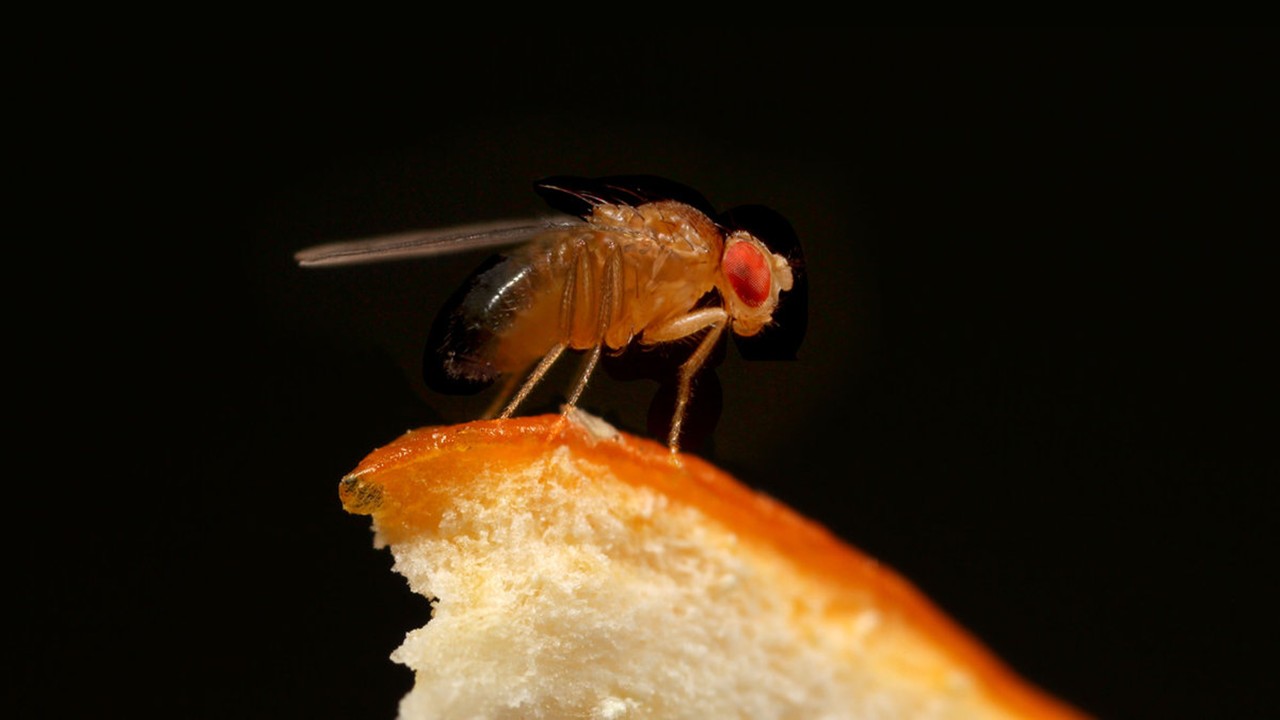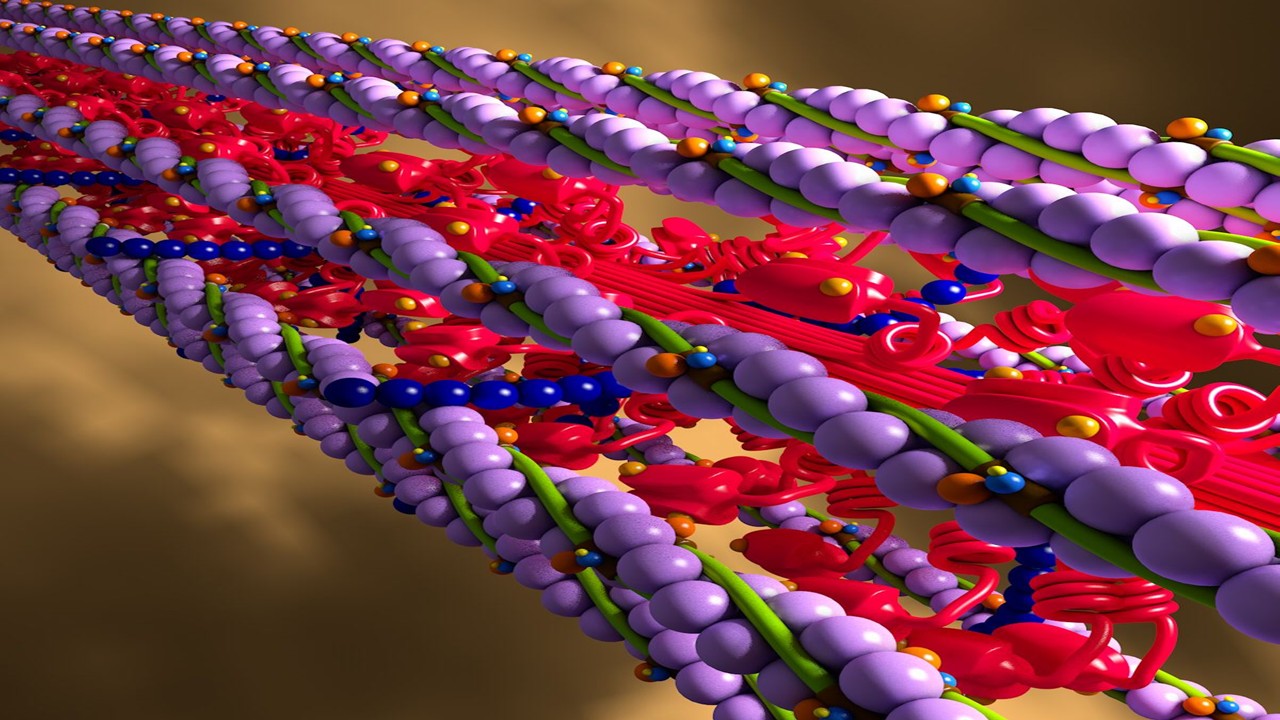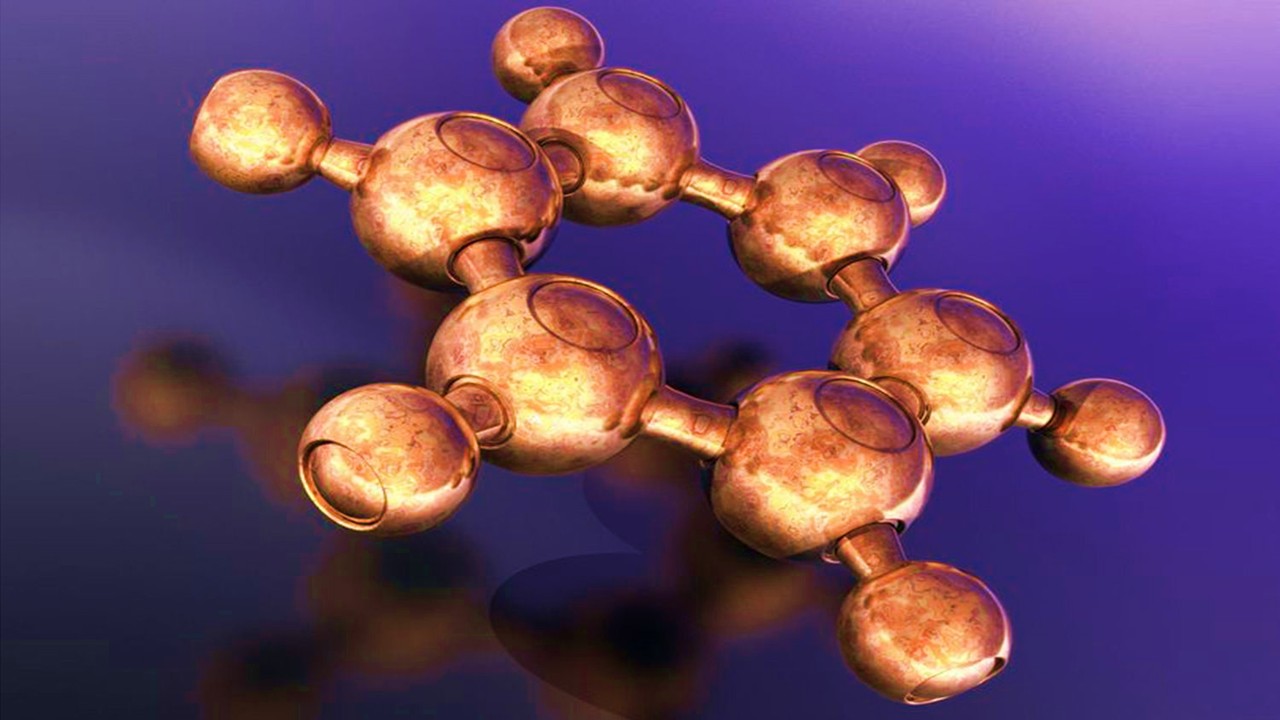The rise of antibiotic resistance has catalyzed a paradigm shift in infectious disease treatment—from indiscriminate pathogen killing to targeted virulence disruption through pathoblockers. These sophisticated compounds represent a third way between traditional bactericidal antibiotics and passive vaccines, operating by selectively disarming microbial pathogens while leaving commensal flora intact. Unlike conventional antimicrobials that impose lethal evolutionary pressure, pathoblockers interfere with quorum sensing, toxin secretion, adhesion mechanisms, and other non-essential virulence factors that pathogens use to establish infection. The approach offers tantalizing advantages: reduced resistance development, preservation of the microbiome, and potential efficacy against antibiotic-tolerant persister cells. From anti-virulence small molecules that jam bacterial communication networks to peptide-based type III secretion system inhibitors, pathoblockers are rewriting the rules of host-pathogen engagement.
The Evolutionary Calculus of Virulence Targeting
Pathoblockers exploit a fundamental insight in microbial pathogenesis—virulence factors are often evolutionary luxuries rather than necessities. Infectious disease specialists emphasize that while resistance to lethal antibiotics provides immediate survival advantages, mutations evading virulence inhibition frequently carry fitness costs that limit their spread. A pathogen might develop resistance to a quorum-sensing inhibitor, but doing so could impair its ability to coordinate attacks or scavenge nutrients—handicaps that reduce transmissibility.
This evolutionary buffer stems from virulence factors’ conditional importance. Biofilm formation provides protection in hostile environments but becomes metabolically costly in planktonic states. Toxin production aids tissue invasion but wastes resources when nutrients are abundant. Pathoblockers capitalize on this context-dependence by attacking systems pathogens can’t afford to lose permanently but might temporarily circumvent.
The strategy shows particular promise against “high-value” virulence targets—systems like type III secretion needles where multiple pathogenic functions converge. Disabling these hubs creates pleiotropic effects that are harder to compensate for through single mutations. Some pathoblockers take this further by targeting host-pathogen interface proteins that evolve slowly due to their need to maintain human cell receptor interactions.
Emerging work explores resistance-proof designs. Some compounds incorporate decoy substrates that hijack virulence factor adaptation—forcing pathogens to mutate themselves into less fit states. Others target epigenetic regulators controlling virulence gene expression, creating heritable but reversible attenuation that doesn’t select for permanent resistance.
The ultimate goal is pathoblocker combinations that make virulence reacquisition statistically improbable—a form of evolutionary trapping where any escape mutation cripples another critical function.
Quorum Quenching: Silencing Microbial Communication Networks
Bacterial quorum sensing—the chemical language coordinating virulence factor production—has emerged as a rich target for pathoblocker development. Synthetic biologists have engineered molecules that either mimic or interfere with acyl-homoserine lactones (AHLs), autoinducing peptides (AIPs), and other signaling molecules governing pathogen group behaviors.
Competitive inhibition represents the straightforward approach. Synthetic AHL analogs bind LuxR-type receptors without activating them, preventing detection of genuine quorum signals. Some designs incorporate photo-labile protecting groups that allow light-activated inhibition—enabling spatial control over virulence silencing in wound infections.
Signal destruction offers an alternative strategy. Lactonase enzymes engineered for prolonged serum stability degrade AHLs directly, while monoclonal antibodies against Pseudomonas’ PQS system intercept signals before reception. These interceptors have an advantage over competitive inhibitors by removing the signaling molecules entirely rather than just blocking their reception.
The most sophisticated systems employ bacterial interference. Commensal strains engineered to produce quorum-sensing “noise” confuse pathogenic signaling—a form of molecular jamming that prevents coordinated virulence gene expression. Some designs use CRISPR-dCas9 systems in probiotics to selectively repress quorum-sensing genes in neighboring pathogens.
Clinical translation faces unique challenges. Quorum-sensing inhibition works best when administered prophylactically or during early infection—a timing requirement that differs from traditional antibiotics. However, the approach shines in chronic infections like cystic fibrosis, where preventing biofilm formation matters more than rapid killing.
Secretion System Sabotage: Disarming Molecular Syringes
Many Gram-negative pathogens employ needle-like type III secretion systems (T3SS) to inject effector proteins directly into host cells—a process now targeted by precision pathoblockers. Structural biologists have identified fragile points in these elaborate nano-machines where small molecule intervention can jam their operation without killing the bacterium.
Export apparatus inhibitors represent one class. Compounds like MBX-1641 bind the T3SS ATPase, preventing effector protein unfolding required for secretion. Others target the translocon—the pore-forming complex that penetrates host membranes—preventing its proper insertion while leaving assembled needles intact as decoy targets for host immune recognition.
Needle assembly disruptors take a different approach. Peptidomimetics based on T3SS inner rod proteins interfere with proper polymerization, creating malformed structures that can’t transmit effectors. Some designs incorporate photoswitchable azobenzenes that allow light-controlled inhibition—enabling precise spatial targeting in localized infections.
The most innovative strategies exploit T3SS’s own quality control. “Terminator” molecules trick the secretion apparatus into exporting irreplaceable structural components, gradually depleting the pathogen’s ability to maintain functional systems. This slow disarmament avoids the sudden stress that triggers resistance mechanisms.
T3SS pathoblockers show particular promise for enteric infections. By preventing effector injection without affecting bacterial growth, they allow the immune system to naturally clear pathogens while avoiding the gut microbiome devastation caused by broad-spectrum antibiotics.
Adhesion Antagonists: Preventing Microbial Attachment
Pathogen adhesion to host tissues—the critical first step in infection—has become a prime target for pathoblocker development. Rather than killing microbes, these compounds interfere with adhesins like fimbriae, pili, and surface proteins that mediate binding to human cells.
Fimbrial tip protein blockers exemplify the approach. Uropathogenic E. coli’s FimH adhesin has inspired synthetic mannosides that bind its lectin domain with higher affinity than natural receptors. These antagonists not only prevent bladder colonization but actively strip already attached bacteria by competing for binding sites.
Pilus polymerization inhibitors represent another strategy. Small molecules like ZINC-10371792 bind the usher proteins that assemble type I pili, preventing proper fiber formation. Some designs incorporate allosteric modifiers that trick pathogens into producing non-functional adhesins that actually repel host cells.
The most creative approaches involve molecular mimicry. Glycopolymers mimicking epithelial surface receptors act as decoys, irreversibly binding adhesins and clearing them through normal turnover. Other systems present “slippery” surface coatings that prevent mechanical interlocking even when specific binding occurs.
Adhesion pathoblockers excel in prophylaxis. Urinary tract infection preventatives like D-mannose work through this mechanism, as do experimental nasal sprays blocking influenza’s hemagglutinin. Their non-lethal mode makes them ideal for long-term use without resistance concerns.
Toxin Neutralization: From Direct Binding to Expression Control
Bacterial toxins—ranging from pore-forming proteins to superantigens—are being targeted by pathoblockers that operate at multiple intervention points. Unlike antitoxins that simply mop up released poisons, modern approaches prevent toxin production, activation, or cellular uptake.
Transcriptional inhibitors represent the upstream strategy. Clostridioides difficile’s toxin genes are controlled by TcdR sigma factors—now targeted by benzimidazole derivatives that block RNA polymerase recruitment. Similarly, Staphylococcus aureus’ agr quorum sensing can be inhibited to prevent alpha-toxin production without affecting bacterial viability.
Zymogen disruptors intervene later in the process. Many toxins like Pseudomonas’ exotoxin A require proteolytic activation—a step now blocked by cyclic peptides mimicking cleavage sites. Other compounds induce misfolding during toxin secretion, causing aggregation before the proteins reach host cells.
Receptor mimetics provide the last line of defense. Synthetic gangliosides bind cholera toxin with higher affinity than natural receptors, while engineered liposomes present decoy binding sites for pore-forming toxins like streptolysin-O. Some designs incorporate toxin-activated release mechanisms that only deploy antidotes upon poisoning detection.
The field is moving toward multifunctional toxin control. A single compound might inhibit toxin gene expression, prevent secretion, neutralize released toxin, and stimulate antitoxin antibody production—a layered defense that leaves pathogens few evolutionary escape routes.
Immunomodulatory Pathoblockers: Turning Host Defenses Against Infection
A new class of pathoblockers operates indirectly by enhancing host immunity against virulence factors rather than targeting pathogens directly. These immunomodulators create a hostile environment for infection without applying direct selective pressure on microbes.
Complement enhancers exemplify this approach. Small molecules like CpG oligodeoxynucleotides increase deposition of C3b on bacterial surfaces, improving opsonization of pathogens that normally evade phagocytosis. Others stabilize the membrane attack complex against bacterial inhibitors like Staphylococcus’ SCIN proteins.
Cytosolic surveillance potentiation represents another strategy. Drugs that boost STING or NLRP3 inflammasome activity make host cells better at detecting secretion system activity or toxin-mediated damage. This turns virulence factors into liability by making their presence more immunogenic.
The most sophisticated systems employ targeted immune redirection. Bispecific antibodies that link bacterial adhesins to Fc receptors enhance phagocytosis of attached pathogens. Other designs use virulence factor activity to unmask immunostimulatory peptides—creating localized immune activation precisely where infection occurs.
These approaches complement direct pathoblockers by making residual virulence more costly to pathogens. A bacterium might resist a quorum-sensing inhibitor but still suffer if its remaining communication attempts trigger amplified immune responses.
Resistance-Proofing Strategies in Pathoblocker Design
The pathoblocker paradigm’s greatest promise—reduced resistance development—requires deliberate engineering to realize fully. Researchers are developing multiple strategies to make virulence inhibition evolutionarily robust.
Dual-action compounds represent one approach. Molecules like LED209 simultaneously inhibit QseC sensor kinase and mimic its downstream signals—creating a paradoxical state where resistance mutations disrupt virulence regulation entirely. Pathogens either accept inhibition or lose virulence control completely.
Decoy targets provide another safeguard. Some pathoblockers incorporate non-essential moieties that attract resistance mutations—like a kinase inhibitor’s “bait” group that steers mutations away from the real binding site. These sacrificial elements can be swapped periodically to stay ahead of adaptation.
Conditional essentiality designs take inspiration from cancer therapies. Compounds like the T3SS inhibitor AB569 require bacterial nitrosative stress for activation—a state only present during infection. This confines selection pressure to relevant contexts where resistance carries fitness costs.
The most robust systems employ evolutionary trapping. Sequential pathoblocker use first encourages resistance to a less critical virulence factor, then targets the compensatory mechanisms pathogens develop—a stepwise constriction of evolutionary options that ultimately leaves microbes with no viable paths forward.
Clinical Translation: From Bench to Bedside Challenges
While pathoblockers show tremendous preclinical promise, their development faces unique translational hurdles compared to traditional antibiotics. Clinicians note that the very features making them evolutionarily robust—non-lethal, targeted mechanisms—complicate clinical trial design and regulatory pathways.
Disease modification versus cure presents the first challenge. Many pathoblockers aim to reduce infection severity rather than eradicate pathogens—an endpoint at odds with traditional antimicrobial trials measuring colony-forming unit reduction. New metrics like “time to symptomatic improvement” may better capture their clinical value.
Combination therapy raises additional questions. Pathoblockers’ natural synergy with antibiotics argues for co-development, but regulatory agencies lack clear pathways for approving non-lethal adjuncts. Some propose treating particularly virulent infections as “special populations” where virulence inhibition merits standalone approval.
Diagnostic pairing will be crucial. Since pathoblockers target specific virulence mechanisms, rapid tests identifying those traits in clinical isolates could guide precision use. Microfluidic chips detecting quorum-sensing molecules or secretion system activity are already in development for this purpose.
The most promising near-term applications may be in prophylaxis and chronic infection management—areas where pathoblockers’ safety and resistance advantages outweigh their typically slower effects compared to bactericidal drugs.
The Pathoblocker Paradigm’s Expanding Horizon
Pathoblockers represent more than just another antimicrobial class—they embody a fundamental rethinking of infection control that prioritizes strategic disarmament over indiscriminate killing. By targeting the very traits that make pathogens harmful rather than simply trying to eliminate them, this approach offers a sustainable alternative in the antibiotic resistance era.
The field now stands at an inflection point. As structural biology reveals more virulence factor vulnerabilities and synthetic chemistry expands the pathoblocker toolkit, we’re learning that microbial pathogenesis contains numerous chinks in its armor—each a potential target for precise intervention.
What began as an academic curiosity has blossomed into a rich therapeutic frontier. From quorum-quenching nasal sprays to prevent pneumonia, to type III secretion inhibitors for foodborne illness, pathoblockers are poised to transform how we manage infectious diseases—not through overwhelming force, but through exquisitely targeted interference with microbial weaponry.
In this emerging paradigm, the goal isn’t to win the war against bacteria—it’s to render their most dangerous strategies obsolete. The pathoblocker revolution isn’t coming; it has already begun.
Engr. Dex Marco Tiu Guibelondo, B.Sc. Pharm, R.Ph., B.Sc. CpE
Editor-in-Chief, PharmaFEATURES

Subscribe
to get our
LATEST NEWS
Related Posts

Drug Discovery Biology
Democratizing Mass Spectrometry: The Automation Revolution Unlocking Precision Measurement
Automation simplifies workflows and enables new experiments with mass spec’s unmatched specificity.

Drug Discovery Biology
Flycode Revolution: How Tiny Tags Are Accelerating Antibody Drug Discovery
What began as a clever repurposing of Drosophila biology has matured into a platform technology transforming how therapeutic proteins are discovered, optimized, and manufactured.

Drug Discovery Biology
Precision Cell Factories: Engineering Superior Biologics-Producing Cell Lines
Modern cell line development is a precision-driven field where single edits can make or break a monoclonal antibody’s success.

Molecular Biology & Biotechnology
Myosin’s Molecular Toggle: How Dimerization of the Globular Tail Domain Controls the Motor Function of Myo5a
Myo5a exists in either an inhibited, triangulated rest or an extended, motile activation, each conformation dictated by the interplay between the GTD and its surroundings.
Read More Articles
Chemical Gale: How Wind Energy is Reshaping Industrial Manufacturing
The integration of wind energy into chemical manufacturing constitutes a fundamental reimagining of process chemistry.
Algorithmic Trials: How Decision Theory is Reshaping Decentralized Clinical Research
Decision theory offers a robust mathematical framework to design trials that enhance efficiency, uphold ethical standards, and better reflect the complexities of real-world therapeutic contexts.
Polarity Alchemy: Strategic Charge Manipulation in Contemporary Drug Design
The future promises tunable therapies with polarity adjustable by light, magnetic fields, or bioorthogonal triggers.











